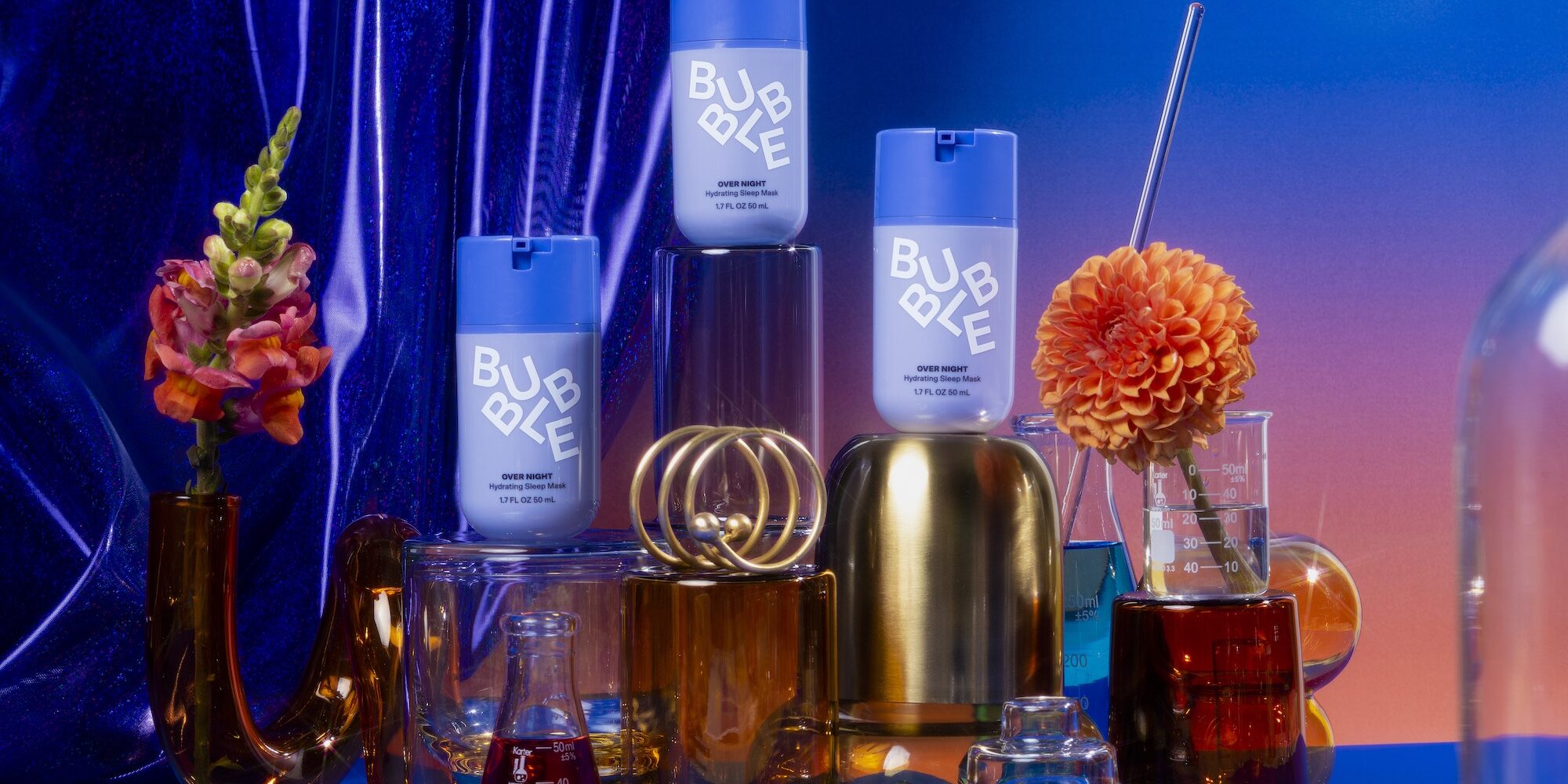
Healthy Repeat Purchases, Clear Demographic Targets And Superfans: What Draws VC Investors To Emerging Beauty Brands Today
Venture capital interest in beauty is a relatively recent phenomenon.
Substantial transactions like Shiseido’s $845 million 2019 buy of Drunk Elephant, a skincare brand that generated $100 million in sales the prior year and historically had 20% to 30% earnings before interest, taxes, depreciation and amortization (EBITDA) margin, and Olaplex’s 2021 $15 billion initial public offering, which scored private equity firm Advent International an estimated 10 times its investment in the haircare brand, solidified the beauty industry as a lucrative field for VC investors to play in.
Deborah Benton, founder and managing partner at VC firm Willow Growth, traces the beauty industry’s investment boom back to the mid-2010s when private equity fund partners left big-money outfits to start smaller funds supporting brands with revenues in the $8 million to $10 million range. Technology unicorns influenced how they viewed beauty, but she underscores beauty brands and tech startups shouldn’t be judged the same.
“The metrics are different. How they’re going to scale is different,” says Benton, who spent seven years investing her own money in brands. “How you value them really starts with how these companies are exiting, and backing into how you underwrite the deal totally different than an Airbnb or an Uber.”
Today, the investment dynamics are shifting as beauty brands have emerged as relatively safe bets in a rocky market that’s seen tech startups stumble. Still, the beauty industry hasn’t been unaffected by a global slowdown in VC deals. The pace of beauty deals has slowed, although there have been a number of significant deals, most notably L’Oréal’s $2.5 billion takeover of Aesop, a transaction that represents the largest amount the conglomerate has ever spent for a brand.
To discuss the state of affairs in beauty investing, Beauty Independent convened Benton and fellow VC investors Shamin Walsh, managing director at BAM Ventures, and Sarah Foley, partner at SWAT Equity, for a recent episode of the In Conversation webinar series. They discussed their roles in deals, brands that resonate with them today and metrics the want to see from them.
CHECK SIZES
Willow Growth closed its first fund in 2021 with $35 million, and it’s raising a second fund with the goal of reaching $75 million. The firm’s typical check size clocks in at around $3 million. Gen-Z focused skincare brand Bubble, clean color cosmetics brand Kosas, haircare brands Dae and LUS, and Katy Perry’s non-alcoholic botanical beverage brand De Soi are in its portfolio.
Benton shared that Willow Growth is backing founders and businesses with values. She said, “They have a broader perspective of having a positive impact on the world outside of just the products that they’re putting into the world.” She added, “We really don’t want these businesses to raise too much capital. They just take unnecessary dilution, and we feel that they can be really quite capital efficient.”
SWAT Equity recently deployed its first nearly $20 million fund. Tattoo aftercare brand Mad Rabbit, leakproof undergarment brand Knix and menopause brand Womaness are in its stable. The firm is in the process of raising its second fund, which is expected to more than double its till to about $50 million. At the moment, its average check size is $500,000, but it anticipates enlarging check sizes as its fund mounts. Along with the increase, it will invest in more brands and lead rounds.
BAM Ventures writes checks of around $500,000 in initial rounds and participates in follow-on rounds with checks up to $1 million. Walsh mentioned the firm gravitates to brands serving overlooked markets that have “superfan sub-communities.”
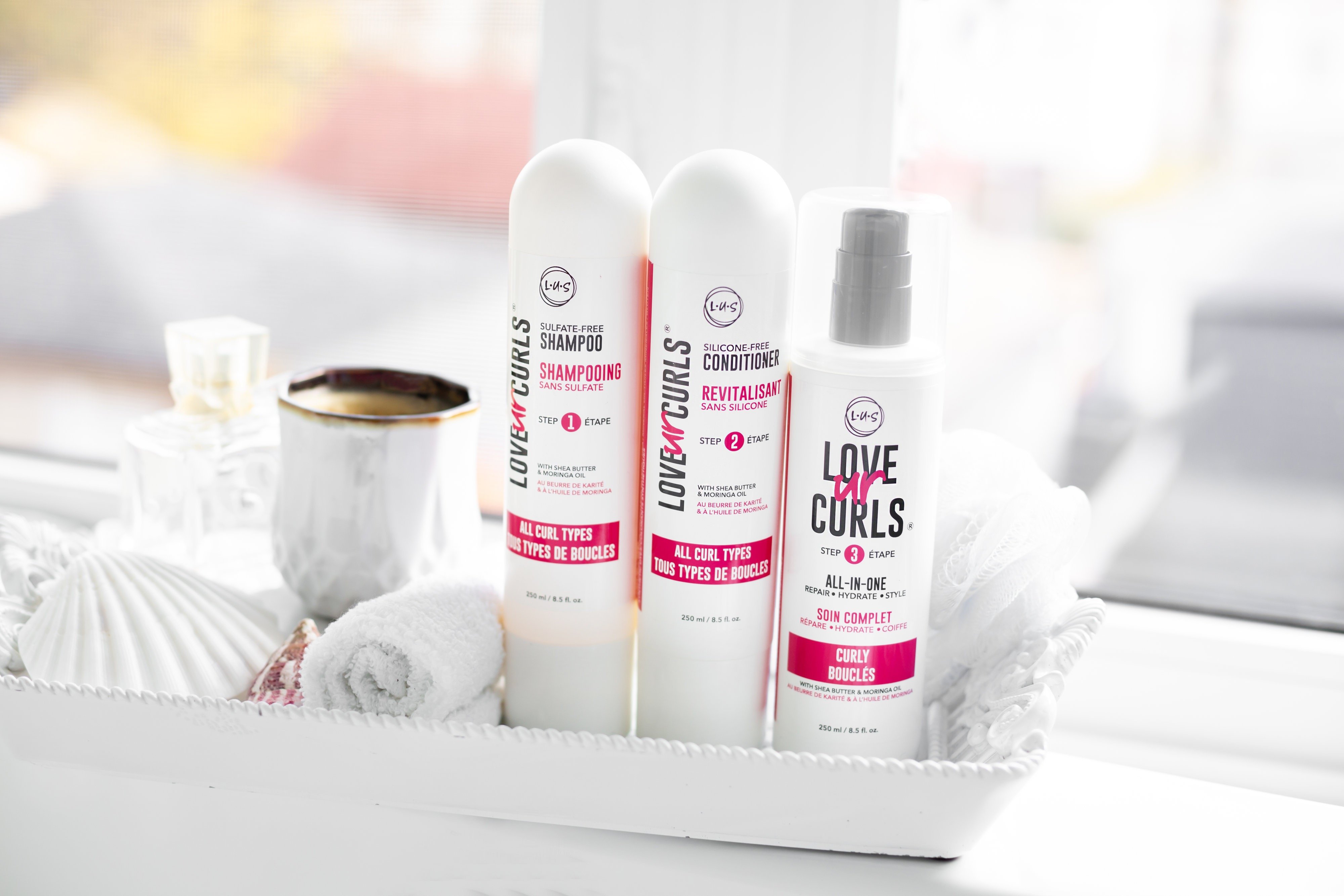
BRAND ATTRIBUTES
Willow Growth prefers to lead rounds, set the terms and take an active board member seat. Benton is keen on backing capable founders building platforms rather than single-product businesses. Their brands should be yielding $1 million to $5 million in a one-year period. Benton plays close attention to unit economics, repeat purchase rates and monthly growth rates. “I like to get in there and actually help these founders however I can,” she said.
Foley drills down on the needs for the brands or service providers she’s considering investing in. She pointed out that Mad Rabbit fills a burgeoning niche, yet has wide potential. Foley said, “When we dug in and realized there could be 46% of U.S. population adults with one or more tattoos, that’s a pretty wide customer swath, and there isn’t really a brand out there that’s talking to them and engaging with them in products that are going to be used before they get the tattoo.”
Walsh zeroes in on brands that are directed at an audience that clearly understands their products and messaging. Cat litter company Pretty Litter scratched an itch for her after she learned that more people own cats than dogs in the United States. “When we met the founder, he is like, ‘How many dog startups have you seen?’ A lot, and we’ve invested in a few that are doing really well. He’s like, ‘How many cat startups have you seen?’ And I’m like, ‘Oh wow, probably not that many actually,” recalled Walsh. She continued,”If you own one cat, you probably have more than one, and there’s like a place where this crazy cat person expression comes from.”
Distribution strategy is paramount, too. “You’re not just competing against everyone else on paid spend on Facebook and Instagram,” said Walsh. “It’s not so much on what it is you’re selling, it’s who are you selling it to? Have you identified a customer, a consumer base that is discreet, identifiable that you can target and go after that has an unmet need and then how you’re selling it, is there something in your commercial strategy and operation that gives you that insight track? Can you can acquire customers cheaper? Can you convert them faster versus everybody else trying to do the same thing?”
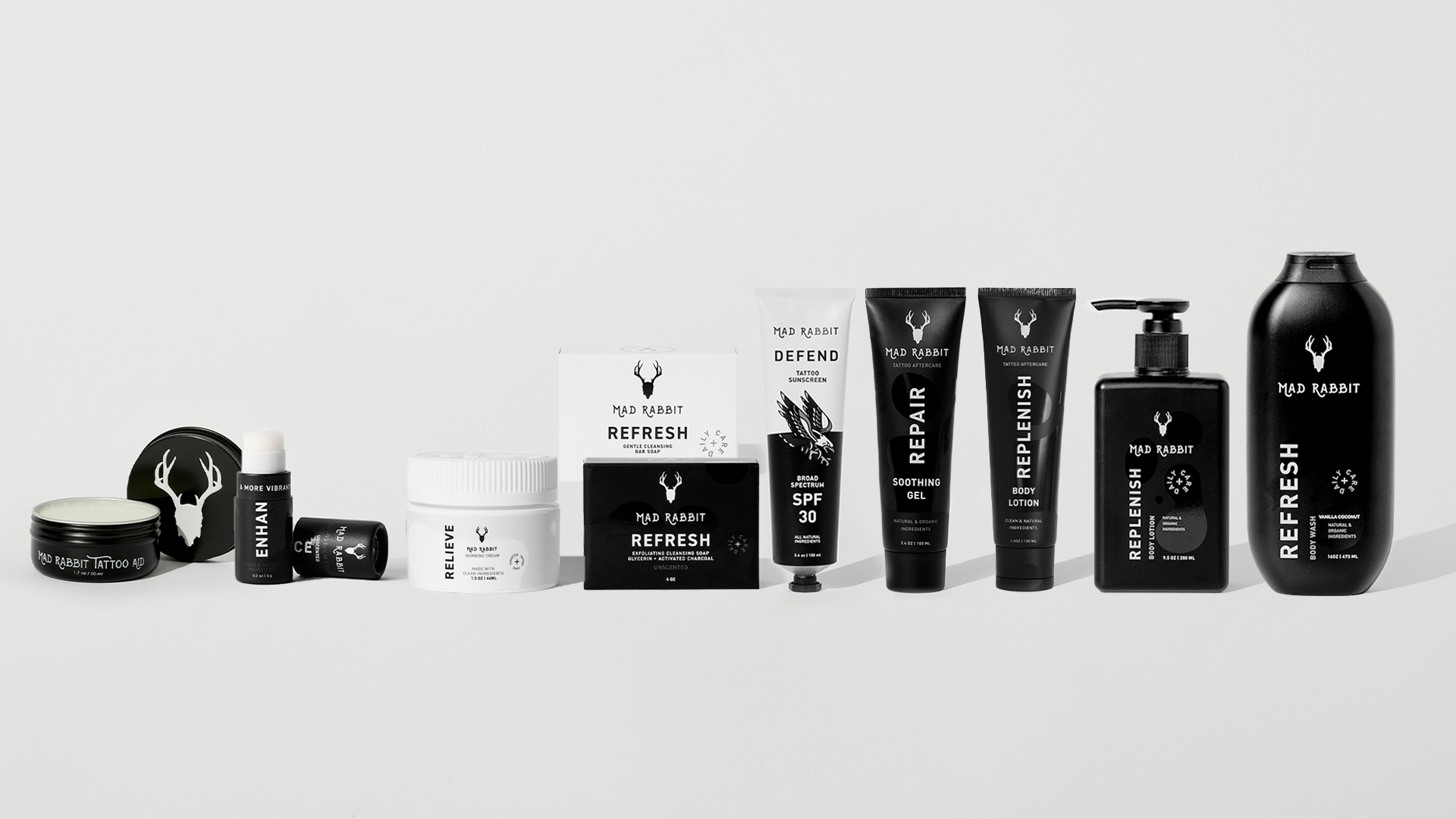
MARGIN PROFILES
“Too many people when they start and launch these businesses, forget about the importance of margin,” said Benton, who eschews a growth-at-all-cost mentality. “It does not work in consumer brands. Where you deplete your margins or dilute your brand is a very short-term gain that will ultimately fail.”
Benton advises founders to focus on product margins and fully loaded gross margins that encompass variable costs. She acknowledges that early-stage brands aren’t going to have operating leverage—and that’s why Willow Growth invests in EBITDA-negative businesses—but she emphasized those brands have to model out a path to profitability through unit economics over the corse of five years.
“As you start to get some operating leverage, which means that your business scales in terms of revenue to be able to support a similarly structured fixed cost basis, that doesn’t scale in the same linear way,” she said. “As you scale, you should be getting that operating leverage, which helps you get to EBITDA positive.”
Shopify provides beneficial data for brands to use for cohort analysis. “If your first acquisition was in January of ’21, we will look at everybody that came in on that month of ’21, we’ll look how that group of customers performed over time. We’ll say, you know what percentage repeat purchased in the first 90 days, in the first six months, in the first nine months, in the first 12 months,” explained Benton. “We use that as what we think is a reasonable proxy for the amount of revenue that we can expect from a cohort of newly acquired customers. All of these interactions give us a sense of the health of the business and, as we scale, what sort of improvements can we expect.”
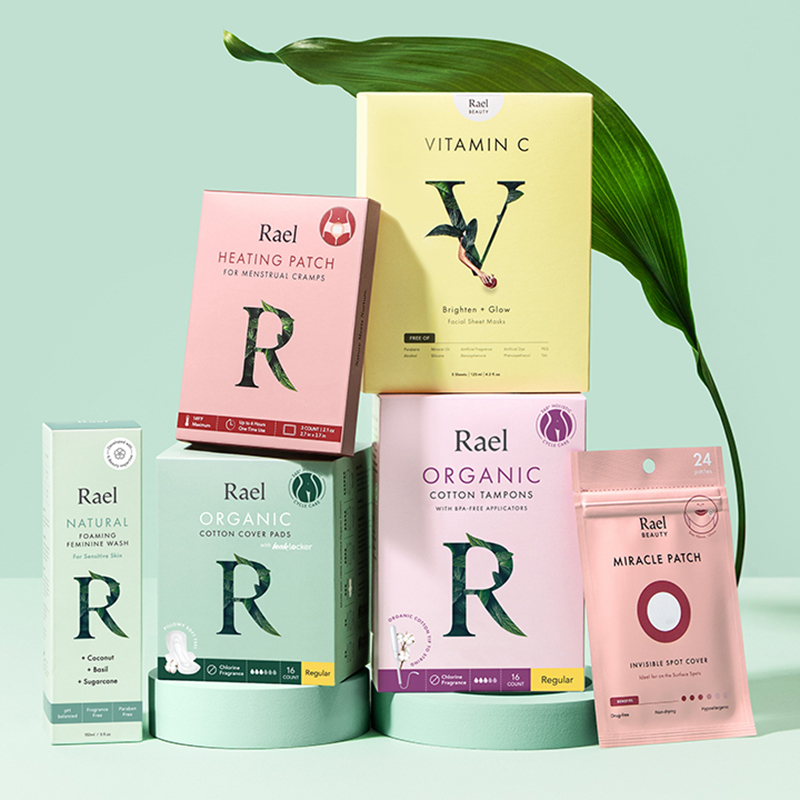
HEADQUARTERS CONCERNS
Coastal cities like Los Angeles, San Francisco, New York and increasingly Miami are home to a large swath of venture capital-backed brands for good reasons, including close proximity to wealthy individuals, investment firm offices and key retailers.
Some 40% of BAM Ventures’ portfolio is comprised of companies headquarters in Los Angeles. Among the LA-based brands in it are Rael, Shani Darden Skin Care, Versed, Alchemy 43 and Merit. Serial entrepreneur Brian Lee, co-founder and managing director of BAM Ventures, previously established the companies Art of Sport, The Honest Co., LegalZoom and ShoeDazzle in LA.
“LA is a particularly strong consumer market,” said Walsh. “I think a lot of people talk about this convergence of content, commerce [and] entertainment. You know have certain tailwinds that are accelerating certain brands over others.”
Despite her bullishness on LA, she stressed that, while there was a time when people didn’t believe a business could be scaled outside of large coastal cities, that’s not the case now. “You can build a great business anywhere,” said Walsh. “I mean look at Walmart, they’re based in Bentonville, Arkansas, and I think also building in Toledo, Ohio might give you insights or acquisition of a particular customer base that we’re not always thinking about when you live in this coastal bubble and from a talent perspective, maybe you can afford just as good talent for less.”
The pandemic and ensuing surge in remote work disrupted ties to big coastal cities. “We in particular are very excited to find opportunities outside of New York and LA to be honest, there’s in incredible founders who are choosing for a whole bunch of reasons not to live in those hubs, which is fine. We have investments all over the country,” said Benton. “You may have to work a little bit harder to get into the flow, but I think it’s easier now to build a company anywhere than it was say even pre-COVID because people have just become very efficient at working online.”
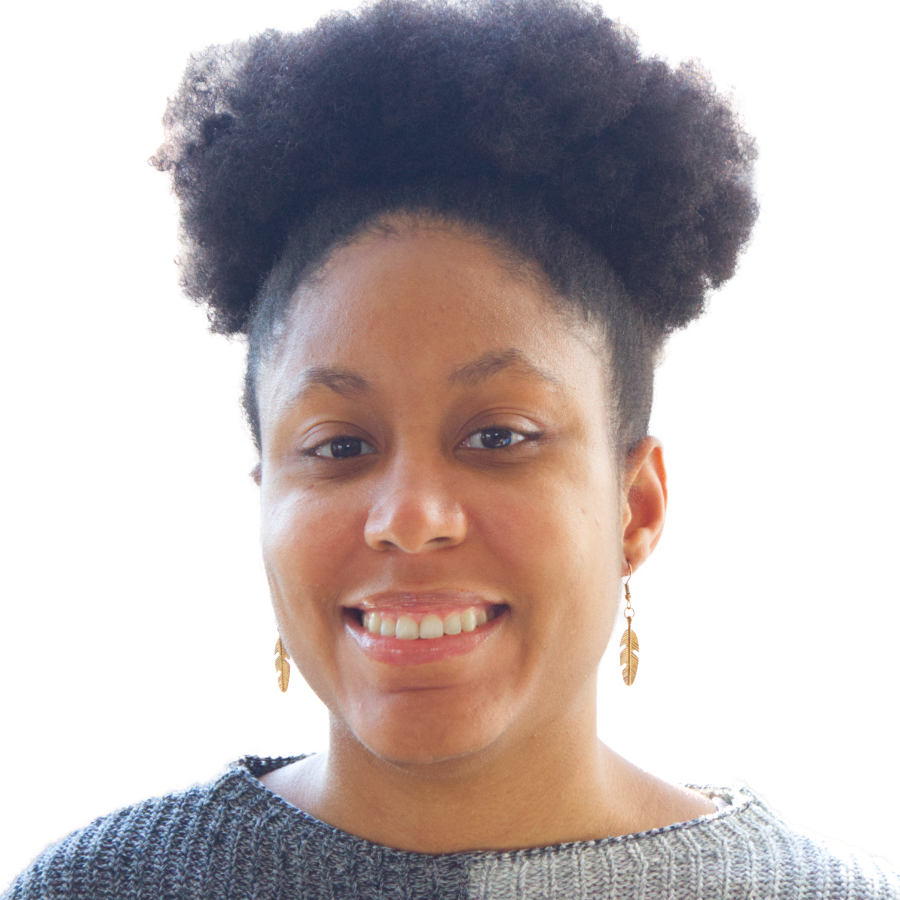




Leave a Reply
You must be logged in to post a comment.